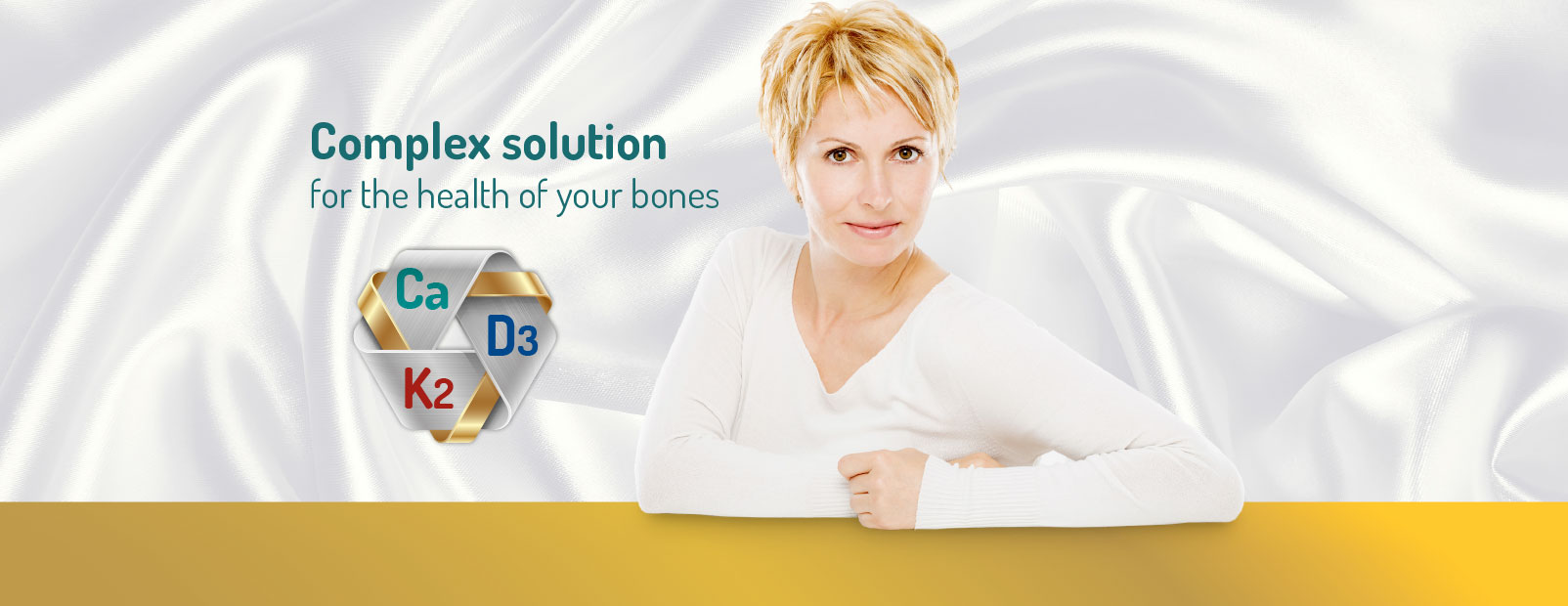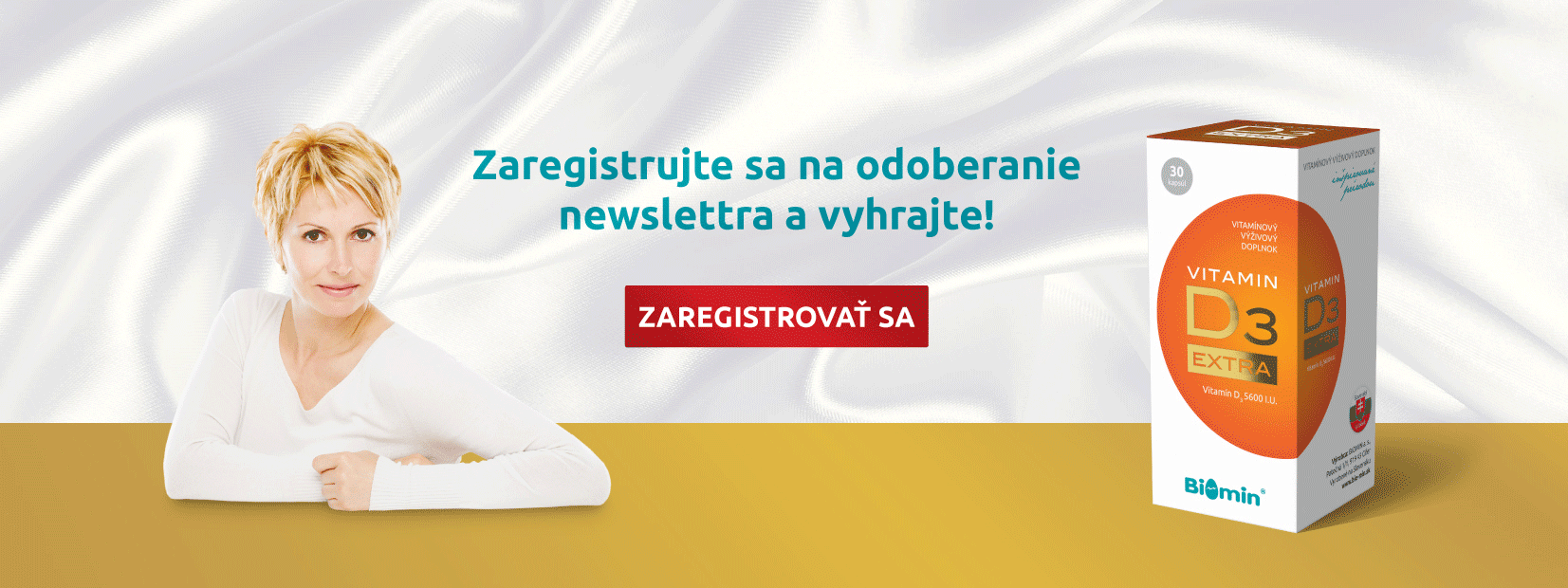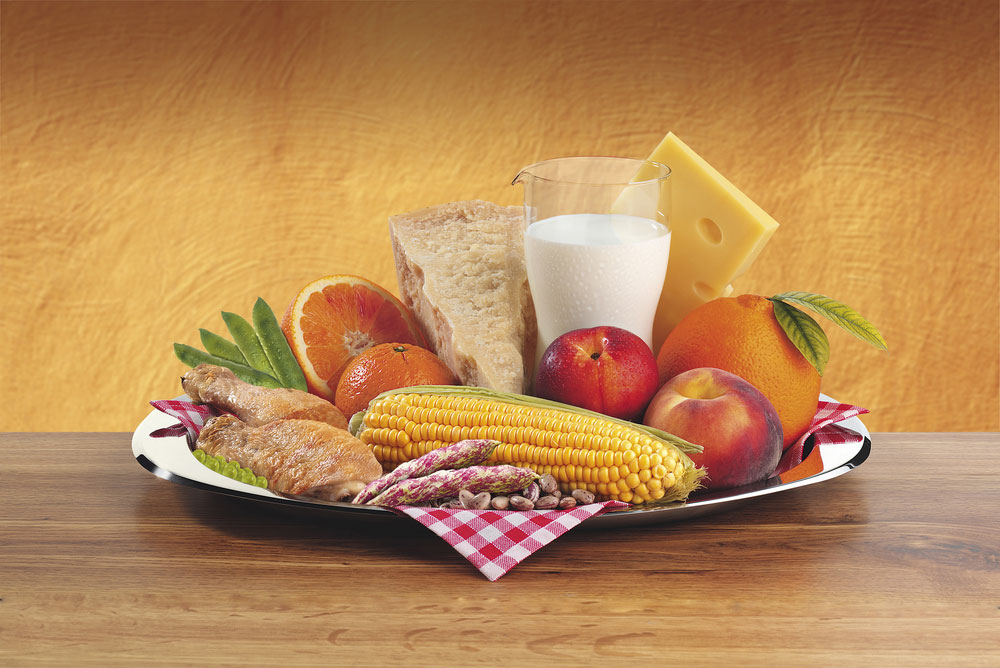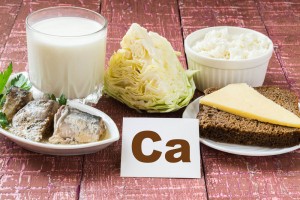Calcium in children
Childhood and puberty is critical in the bone formation. What can you do for the health of your children? For strong and healthy bones, it is important to keep healthy lifestyle especially healthy diet, adequate physical activity and safe sun exposure. Calcium is undoubtely an important building block of bones. Calcium is stored in the body mostly during childhood and adolescence, up to 25-35 years of age. The maximum mineral content in the bones, so called PBM (Peak Bone Mass) is observed at these ages. In the later ages, a slight degradation of minerals in the bones predominate over their formation. If your body does not create sufficient storage of calcium in younger age, there is a threat of calcium deficiency and increased risk of fractures and osteoporosis. Therefore you should make sure that your children have regular intake of calcium during their growth. Do not allow them to have a bad diet and explain them why is it important for them to care what they are eating and to be active.
Sample Menu
During the development and growth, a diet is vital not just for the overall well-being of the children, but for good start of the adulthood, as well. A balanced diet in childhood may in fact be a prevention of a wide variety of diseases. A good children’s diet should has enough energy, vitamins, minerals and maintains proper ratio of its main components.
How much calcium per day should children take?
| Age | Recommended daily dose of calcium |
|---|---|
| Source: Society for Osteoporosis and Metabolic Bone Diseases, Slovak Medical Association | |
| 0 – 6 months | 400 mg |
| 6 months – 1 year | 600 mg |
| 1 – 5 years | 800 mg |
| 6 - 10 years | 800 – 1 200 mg |
| 11 – 18 years | 1 200 – 1 500 mg |
How should a child’s menu rich in calcium look like?
A children diet should consist of 5-6 courses, including three main dishes (breakfast, lunch and dinner), and 2 to 3 smaller meals (morning snack, afternoon snack) per day. The drinks are an integral part of the children’s diet (water, tea, milk, cocoa, diluted fruit juice, but no coke and sweetened drinks). When preparing the diet, it is very important to take into account the child’s age, taste and any dietary restrictions.
Preschool age
- Breakfast: bread with cottage cheese spread, or whipped cottage cheese with fruit
- Snack: fruit, biscuits
- Lunch: vegetable soup, chicken, rice and vegetable
- Snack: roll, yogurt
- Dinner: mush (buckwheat, rice, …)
School age
- Breakfast: muesli with milk
- Snack: bread with butter and chicken ham, vegetable or fruit
- Lunch: chicken soup, fish fillet with potatoes, compote
- Snack: roll, yogurt
- Dinner: bread with butter, cottage cheese and vegetable
Adolescence
- Breakfast: whole grain bun, cottage cheese
- Snack: bread, processed cheese, vegetables or fruit
- Lunch: cauliflower soup, turkey meat on gravy with pasta, vegetable salad
- Snack: plain yogurt with muesli and fruit
- Dinner: bread with fish spread
The examples of daily meals for children and adolescents based on age with aim to provide daily recommended dose of calcium.
Growth spurt and growth pain
Children typically grow slowly and gradually. However, in some developmental stages they can gain several centimeters in only one month. We call it a growth spurt. Most commonly it occurs in the first two years of the childhood and later on, in puberty. During this period of time, there is an increase demand for vitamins and minerals intake and thus it is very important to pay attention that child has a proper diet. Because during the growth spurt, there is a more rapid bone growth, it is important to ensure a proper intake of minerals, especially calcium.
The child grow faster in the first year of life and it can gain 20 to 25 cm in height per year. In the second year, the growth slows down slightly, but it is still quite fast, with average gain of about 10 to 12 cm per year. The growth rate in this period of time depends mainly on how the baby grew during pregnancy. Some infants use to be more hungry and need more frequent breast feeding. In the first year of life, children get vitamin D drops, which help to regulate calcium metabolism in the body. The baby receives all necessary nutrients from mother’s or artificial milk. Subsequently, the sufficient nutrient supply depends only on the proper child’s nutrition. If you are not sure whether your child has sufficient calcium intake or if your child has intolerance of dairy products, it is appropriate to supply the diet by supplements – natural calcium in combination with vitamin D3 + K2 (for proper calcium absorption).
The growth hormone and sexual hormones have important role in growth process during puberty. The girls begin to grow rapidly since the beginning of puberty, around 10.5 year of age and the growth slows down with the onset of the first menstruation. The boys grow fastest in the period of time that starts about two years after the onset of puberty. The puberty in boys starts later than in girls, approximately in 12 year of age. There is a risk of mental anorexia in girls during puberty. If there is mental anorexia, the girls refuse to eat in order to loose weight and there is a risk of not thriving and bone loss.
Some children might complain of so called growth pain in the legs, which can wake them up especially at night. To mitigate these type of pain a combination of calcium, and vitamin D3 and K2 might be helpful.
Fractures
The bone is a living organism with enormous ability of regeneration. There is a constant process of degradation and renewal of bone tissue, and the bone can be completely rebuilt in a few months. The same is true case of fractures, when body is able to mobilize all its forces to completely heal the broken bone. It’s difficult and lengthy process that requires rest and in the most instances also the immobilization of the broken parts. Importatnt componentof the treatment is a balanced diet with sufficient intake of calcium. The amount 1,500 mg of calcium per day can speed up the process of fracture healing in adult.
The fractures caused by accident
Fractures cause by accident are formed by the action of forces on the bone, which are larger than its bone’s strength. As a result, the bone can crack or completely break in case of fall or collision
How does fracture heal?
When the bone breaks, the surrounding vessels are damaged as well, and it leads to contraction of vessels with aim to minimize the bleeding. In damaged site, the platelets create a sort of a plug and stabilize the site. Because a certain amount of blood gets into the surrounding tissues, the site of fracture tends to be accompanied by sweeling that lasts few days. Damaged tissue at the end of broken bones gradually dies and cells called osteoclasts begin to remove it. After four to ten days of injury the collagen fibres start to be formed in the plugs by fibroblasts. They start to build a kind of “bridge”, in the form of fibrous connections, between two broken ends of the bones. The osteoblasts transform this “bridge” into osseous form in the next phase. This phase may last up to three to four months until the injured site is completely healed. At the end of the treatment process, osteoblasts and osteoclasts remodel the site into a strong bone.
Fracture needs to get correct care, since the broken ends of the bones and their fragments can seriously damage blood vessels, nerves and adjacent organs. The treatment period varies depending on age and type of broken bones. The arms, legs and other parts of the body heal usually in 4-8 weeks, 8-14 weeks and 3-12 weeks, respectively. Healing time in children is shorter approximately by half when compared with healing time in adults. Use of calcium combined with vitamin D3 and K2 can shortened the healing proces and accelerate the regeneration of broken bones.
Stress fractures
Unlike traumatic fractures they are not caused by accident or fall. The stress fractures are caused by overload and although they are not common, they can happen in professional athletes and also in those people who do sport on recreational basis or in people who are not doing any sport. The stress fractures are not related to age and a long-term overload is a reason for their development. The contributing factor for develompent of stress fracture in women is wearing improper shoes, such as shoes with very high heels, which result in abnormal development of the foot. These fractures occur gradually and in many people they are not even diagnosed. The bones may develop microscopic cracks, which are continuously healed. However, if the bone is not overloaded anymore, the bone can break completely.
As long as the stress fracture is treated in timely manner, it is treated as any other fracture by immobilization, and rehabilitation. In the later stages the methods of bone fixation are used. For speeding up the healing process, it is appropriate to use calcium in combination with vitamin D3 and K2.













